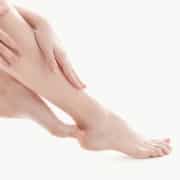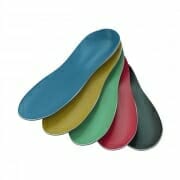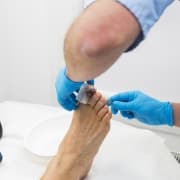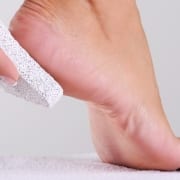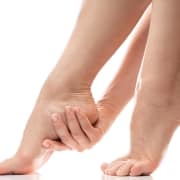3 Important Facts About Blood Circulation in Your Foot
Most people know that the body will try to protect the core first. This is why your hands and feet will start to feel colder if you’re in a cold environment. Your hands and feet are important, but they’re not as important as your heart. We’ll look at what else you should know about blood circulation in the foot and what you can do to keep everything moving.
1. Poor Circulation Can Manifest in Different Ways
Poor circulation can show up as anything from cramping to skin ulcers. If you have pain, tingling, or numbness, it could be due to poor circulation. It’s worth noting that if your foot falls asleep occasionally, this isn’t necessarily a cause for concern. However, if you’re constantly feeling the sensation, it might be time to see a foot doctor in Plugerville, TX.
2. The Vessels in Your Feet Are Small
Even more than your hands, your feet are more likely to have poor circulation. Not only are these extremities furthest from your heart, making them less likely to get the nutrients they need from the blood, but they’re also packed with smaller blood vessels that can be easily damaged.
3. There Are Things You Can Do
There are plenty of ways to manage poor blood circulation, regardless of what types of conditions you face. From regular exercise to better shoes to keeping diabetes and high blood in check to seeing a podiatrist, it’s important to take steps to keep your circulation as peppy as possible. If you’re interested in learning more about how to do what’s best for your feet, whether that’s diabetic foot care in Austin, TX, or just general questions about your symptoms, the offices of Dr. Jeffrey Lamour, DPM, PA, is here to help.



